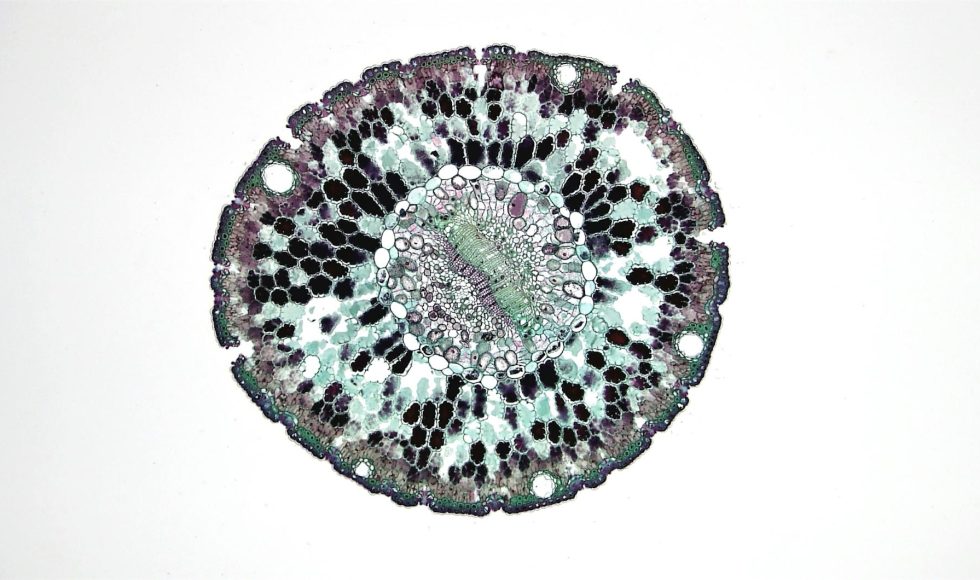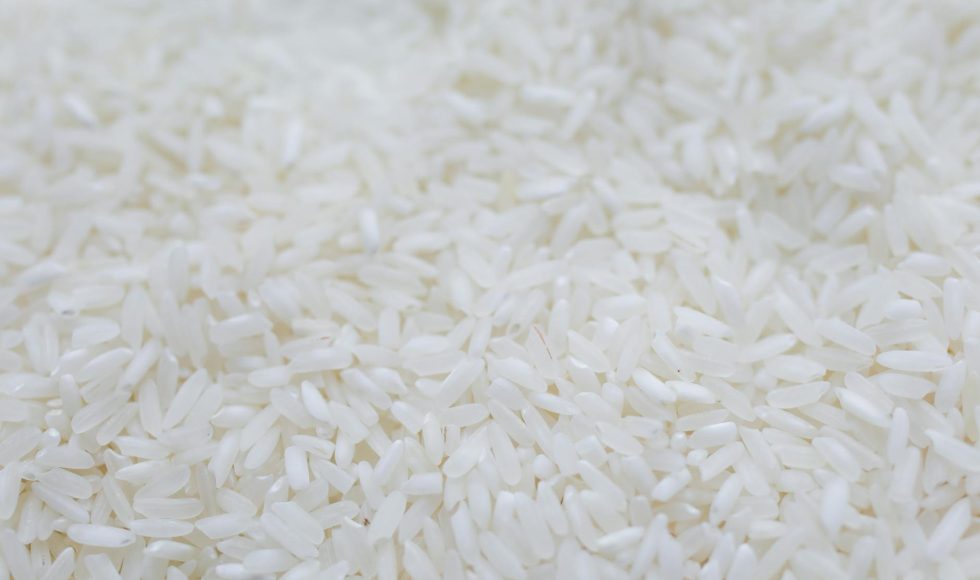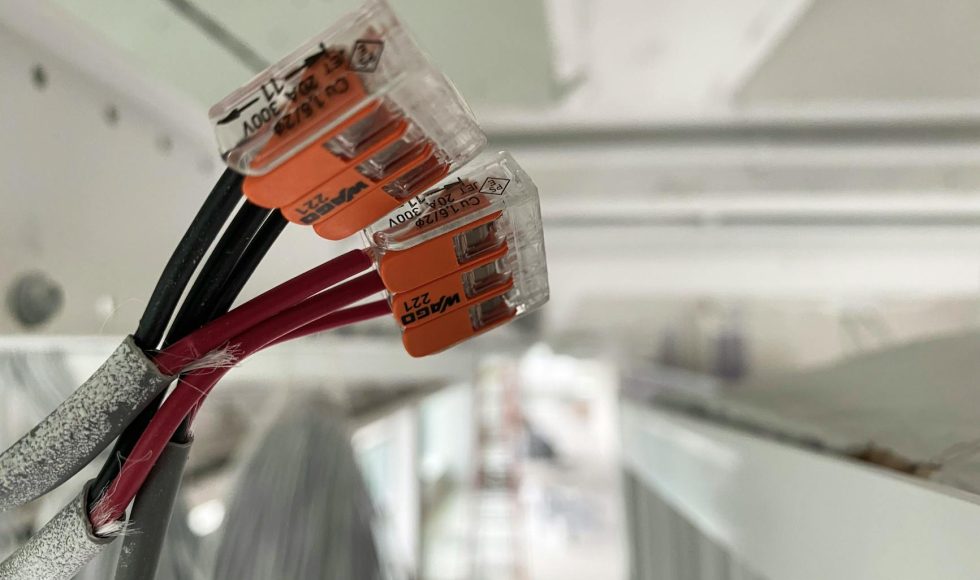Emma Langan from the Earlham Institute in the UK spoke at London Calling 2019 on “Ship-Seq: nanopore sequencing of polar microbes onboard research vessels.” This was Langan’s Ph.D. project. Phytoplankton are photosynthetic organisms that live in water. They are responsible for carbon cycling and biogeochemical cycling. Langan is interested in diatoms, which are mainly found […]
Mike Clark from the University of Melbourne in Australia presented at London Calling 2019 on “Deep transcriptomic sampling with long-read single cell RNA sequencing.” Clark gave the first talk in the session and explained the power of expression profiles of single cells (scRNA-seq) to identify cell types and variations in gene expression. scRNA-seq can be […]
My Linh Thibodeau from the University of British Columbia in Canada presented at London Calling 2019 on “Resolution of germline hereditary cancer structural variants using nanopore sequencing.” They began talking about the Personalized OncoGenomics Program (POG), which is an initiative of BC Cancer. The study enrolls participants and conducts extensive genomic analyses. The team evaluated […]
Today was Aurelio’s fifth birthday! Tonight, I watched Timothy Gilpatrick’s London Calling 2019 session on “Targeted nanopore sequencing with Cas9 for studies of methylation structural variants and mutations.” Gilpatrick is a Johns Hopkins University. They are interested in specific loci and want to generate high coverage of those areas to examine structural variation. The enrichment […]
Pore-C is a method I hear about, yet I don’t fully understand the details. Eoghan Harrington from Oxford Nanopore Technologies (ONT) presented at London Calling 2019 a session titled “Pore-C: a method for genome-wide, multi-contact chromosome conformation capture.”Harrington is part of the applications team and focuses on genomic applications. They collaborate with various partners. The […]
Tonight I watched the London Calling 2019 session by Ahmed Abd El Wahed from the University of Gottingen in Germany. The title of the presentation was “From ancient tomb to animal viruses: mobile suitcase lab for nanopore sequencing at field settings.” El Wahed spoke about the reagents and equipment needed to perform sequencing. They have […]
Marie-Christine Carpentier, from the Genome and Plant Development Laboratory in France, presented at London Calling 2019 on “Using long-read nanopore sequencing to unravel structural variations in plants.” We have been trying plant genome sequencing and want to learn more. Carpentier spoke about transposable elements. Mobile elements can move within a genome. Carpentier noted that the […]
Kuan-Ting Li from Cold Spring Harbor Laboratory presented at London Calling 2019 on “PSI-Sigma: a comprehensive splicing-detection method for short-read and long-read RNA-seq analysis.” PSI-Sigma is a splicing detection tool that measures percent spliced in. With nanopore long-read RNA-seq data, PSI sigma presents a newer splicing detection approach. PSI-sigma was benchmarked on synthetic RNAs and […]
James Ferguson from the Garvan Institute of Medical Research in Australia presented at London Calling 2019 on “SquiggleKit: a toolkit for manipulating nanopore signal data.” I had heard about the toolkit from another speaker and session. Ferguson spoke about the history of the toolkit and why they worked to develop SquiggleKit. They created five tools: […]
Magali Hennion from the Institute of Biology of the Ecole Normale Superieure in France presented at London Calling 2019 on “Mapping DNA replication using nanopore sequencing.” DNA replication in eukaryotes starts from multiple origins, and the fork progresses with variable speeds. Hennion explained that replication is important in understanding tumorigenesis. Single-molecule approaches are needed to […]











